New season, new you. Shimano Gravel Alliance rider Florian Nowak gives his guide to preparing for a new season of gravel.
In case your social media feed hasn’t yet hammered home the fact that we’re on the verge of a new season of gravel, Gravel Alliance rider Florian Nowak has stepped up to give you the inside line on how best to take the annual new season gravel rush.
From off-season regrets to pre-season training, your bike build to your calendar, this is one rider who leaves nothing to chance.
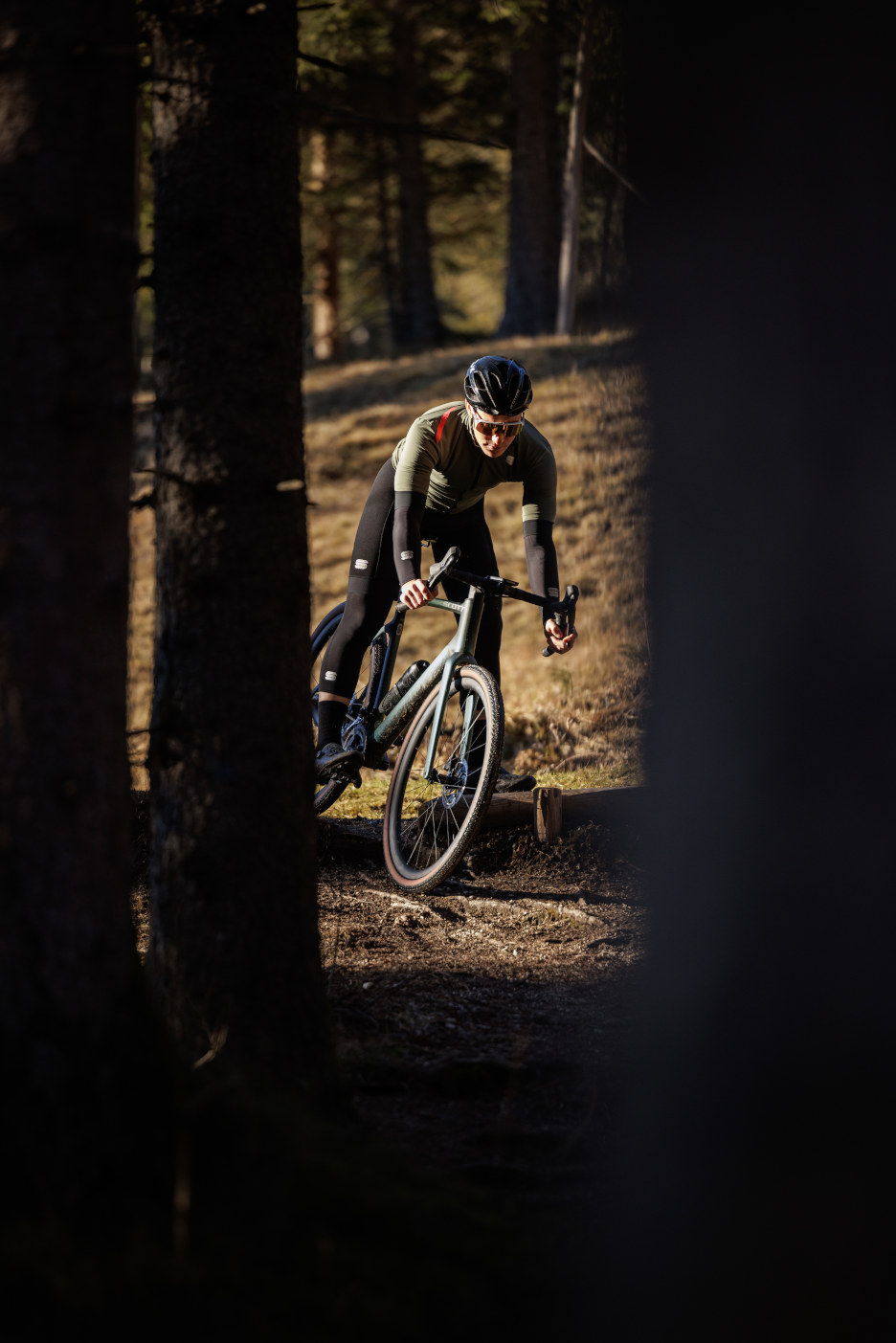
It was only after I retired from professional road racing that I realized just how short the off-season is. Time goes by much quicker when you’re not on the road and don’t have the all-consuming pressure to get in race shape. I spent a lot of this winter away from cycling, doing other sports like cross-country skiing, running and ski mountaineering. But recently, as I’ve scrolled through websites and checked out events to put on my calendar, the call of gravel has been getting louder.
Given that the majority of us in the game of gravel are privateers, free from the pressures and support of a team to build your race program and minutely plan every pedal stroke, I sometimes wonder if there's anything we can do to make the pre-season rush that bit easier.
Here is my nudge to you to make sure we’re all on the right track as we go into the new season.
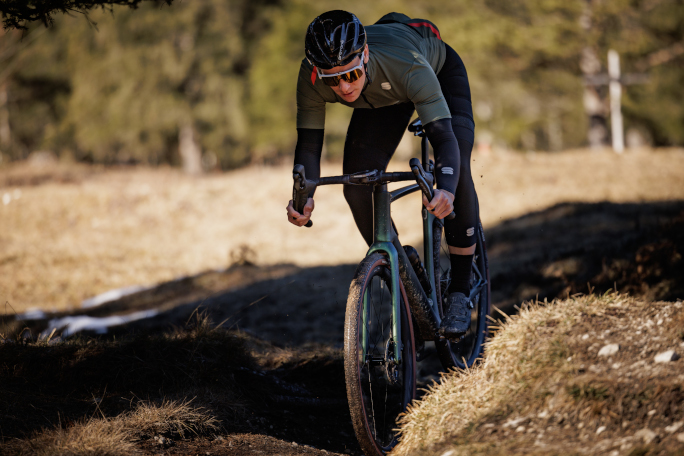
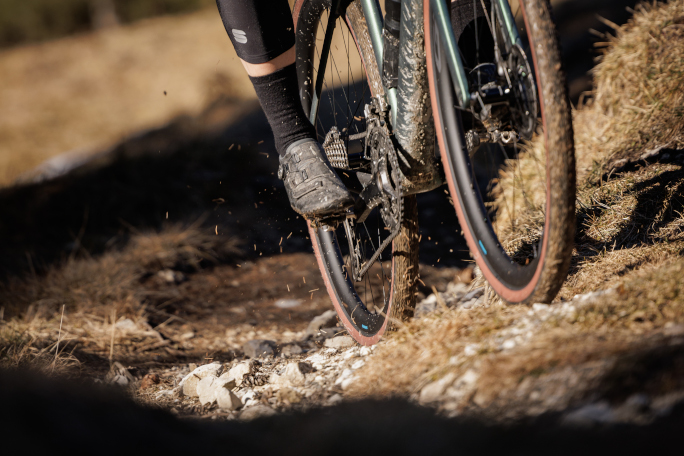
The bike
I want 2023 to outdo last year, so I’ve decided my bike needs to be something special. I want to build a complete bike that’ll meet my every wish. Throughout 2022 I spent time testing new parts and this has given me the confidence to say with certainty that my 2023 setup is going to be great. While I am currently riding the mechanical GRX 2x, I’ve decided to switch to Di2 shifting which will give me the best performance possible for gravel races and adventures. Another big gamechanger is going to be the GRX Carbon wheels, which I’ve been test-riding throughout autumn and winter. In the past I often turned to Dura-Ace wheels for fast courses but this new setup is equally as speed-orientated, plus they lend me greater confidence and more stable handling. These wheels will be my most loyal partner-in-crime on my Scott Addict Gravel Tuned for upcoming events.
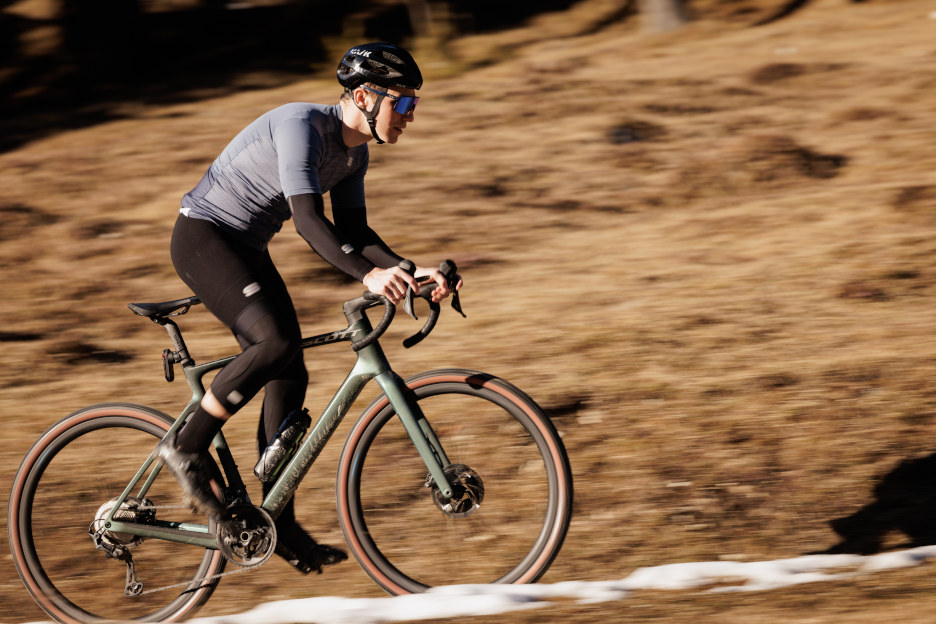
The calendar
As my bike setup takes shape, so does my calendar: With the UCI Gravel World series becoming a bigger thing, I’m keen to test my race form at a couple of rounds of what’s basically the World Cup of gravel riding. There are 17 events all over Europe, Australia and USA and most of them are brand new and unexplored so it’s not easy to pick. I still have to figure out what will be the best options and which dates will fit around life and travel. One thing is certain: I will start my World Series campaign in front of the Shimano Experience Center in Valkenburg in April at the Gravel Fondo Limburg. But before that I want to get back into riding mode again, so I’m considering a long distance but less competitive event, like the Jeroboam Mallorca – 300 km to get my legs spinning. Later in the season I have some long-haul travel for gravel on my mind so let’s see how far I will get. Perhaps the USA or Australia…

The training
With two race dates set for March and April, I’m glad that I’m already feeling motivated. These won’t be easy rides, so it is time to get back into some resemblance of routine. I’m big into cross-training during winter so skinny skis are still an important part of my training alongside riding. When the temperature is below freezing, I’ll do a mixed workout, with skiing and indoor training on my erg static ski trainer. On other days, the gravel bike becomes my best friend again. Choosing what to wear while outside is super important and can mean the difference between thriving or surviving. I also take extra care with my bike on these wintery rides, knowing that it needs to be checked more thoroughly (before and after) every ride.
I always check if the gears are running smoothly and lube the chain if needed. In these cold temperatures I also check the tires to see if there is still enough sealant in them. Yep, I normally run tubeless tires—and I’d suggest you do the same. If I’m starting early or if there is a possibility of unknown gravel that will take me longer than expected, I take some lights with me to guarantee visibility.
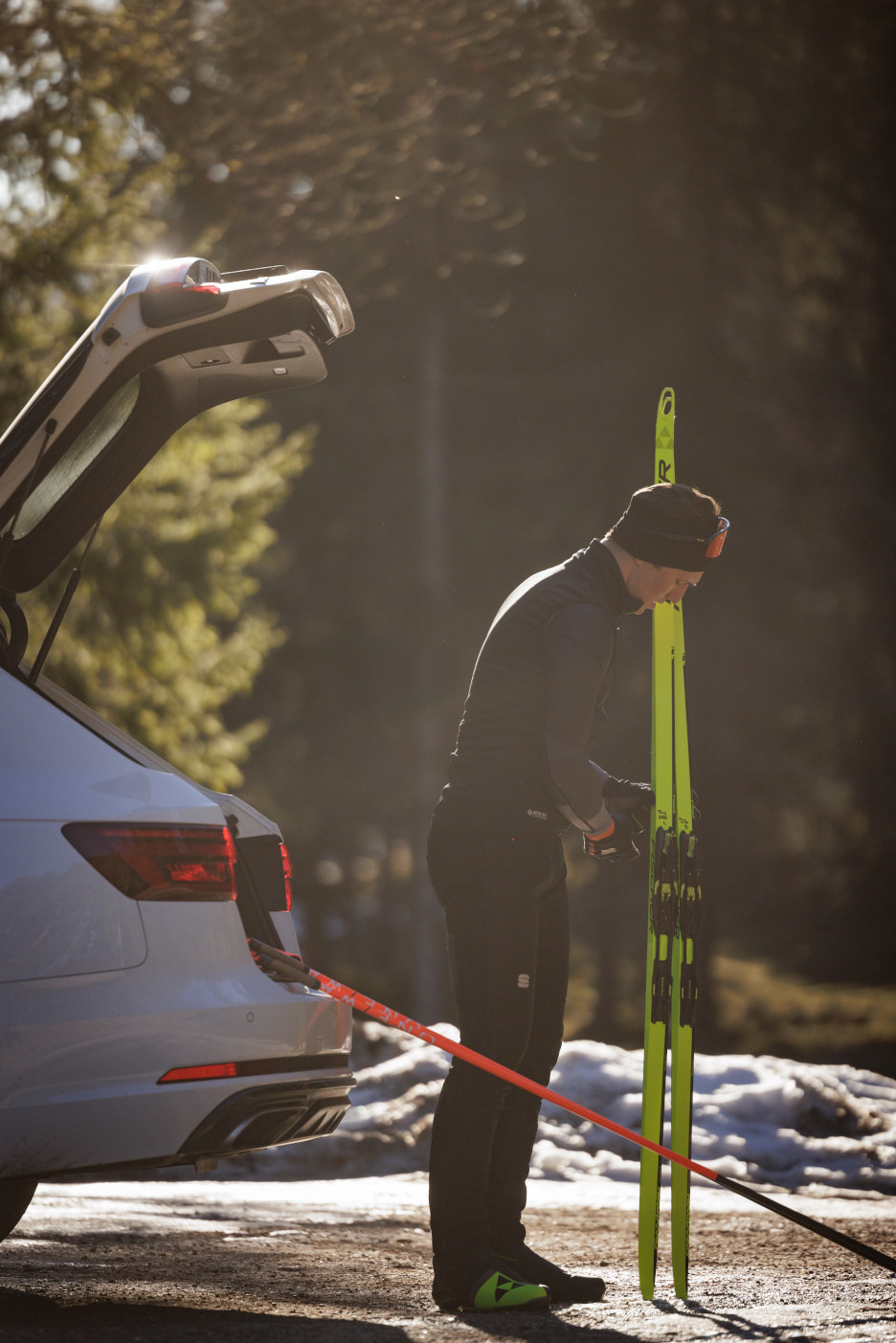
The checklist
Ahead of a new season, my thoughts always center around the calendar, so I ask myself:
- Where do I want to go?
- What event formats are there?
- Which dates work for me?
- Can I combine any events on this trip?
- What travel options are available?
When traveling further afield for a gravel event, consider going for a mechanical GRX groupset for ease of maintenance in a far-flung country. If you’re traveling with Di2, always take your charger and disconnect the battery while in transit. Do your homework before setting off, making sure you know how to reset the junction box and get it out of safe mode in the event of a crash (or bumpy flight).

Once I’ve scoped out potential events and built up a rough schedule, I normally check the requirements of my bike:
- What bike and components will I need for this kind of event?
- What is the perfect setup for each event?
- Aero or climbing wheels, or the GRX do-it-all?
- Consider tyre width, tread and pressure.
- Does the race have an obligatory equipment list?
- Do I have a working GPS system?
- Is everything working on my bike or do I need some new brake pads or a new chain, for example? It’s the consumables like this that can catch you out.
- Is my saddle height and cleat position correct?
Use the early season to test different wheels, tyres, tyre pressure and gearing combinations in different terrains. This will allow you to have the experience to dial in the optimal setup for each future event before you get there.

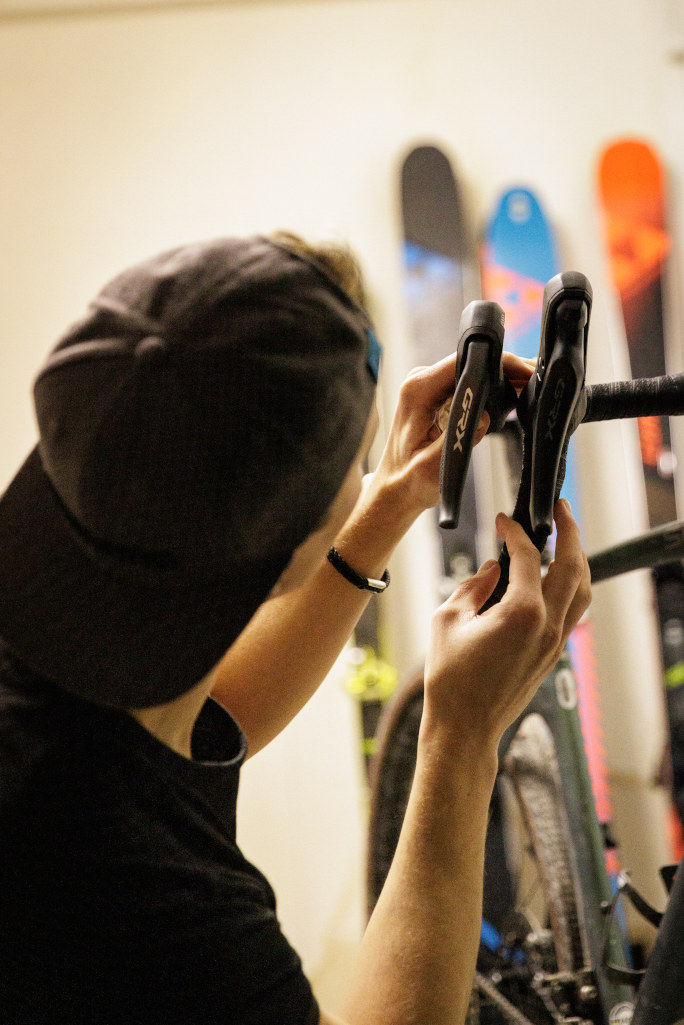

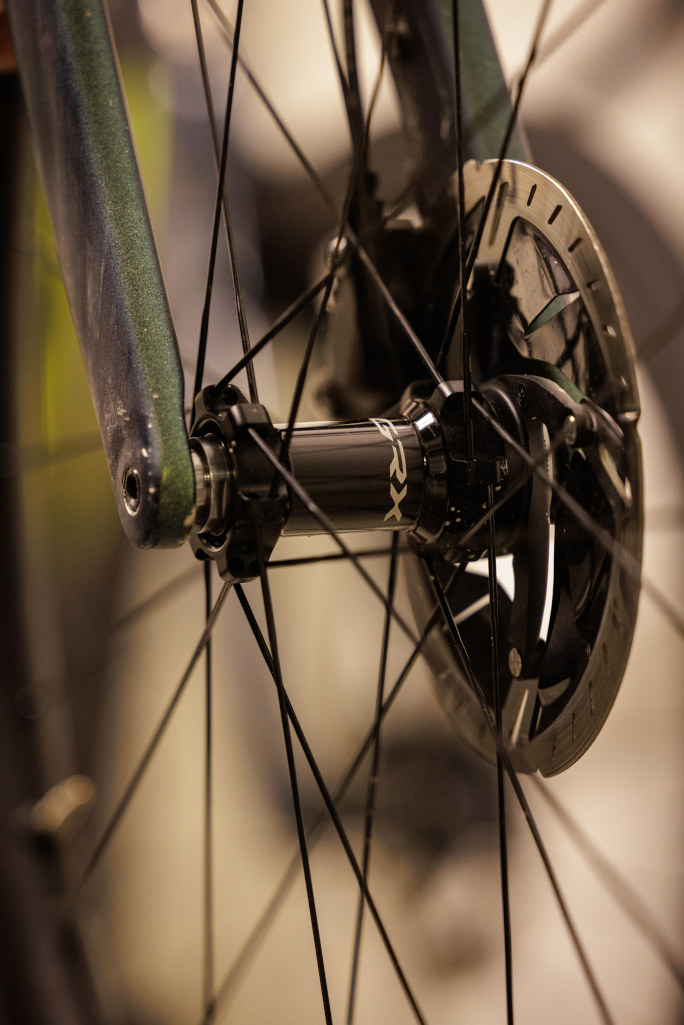
In much the same way as I check out my bike setup, I also put the lens against my own fitness:
- Am I fit enough right now to take part in these events, especially considering this first race in March is 300 kms?
- What are my goals and how do I to train to reach them?
- Is it time to do a new performance test to get my training zones? I usually do a 20-minute test on the erg, but it’s useful to get checked by a doctor if possible.
- Set yourself milestones to see progress – is there a small gravel loop outside your house that you can use as a test lap? Or a loose technical climb or MTB-style descent with a Strava segment where you can track your improvements?
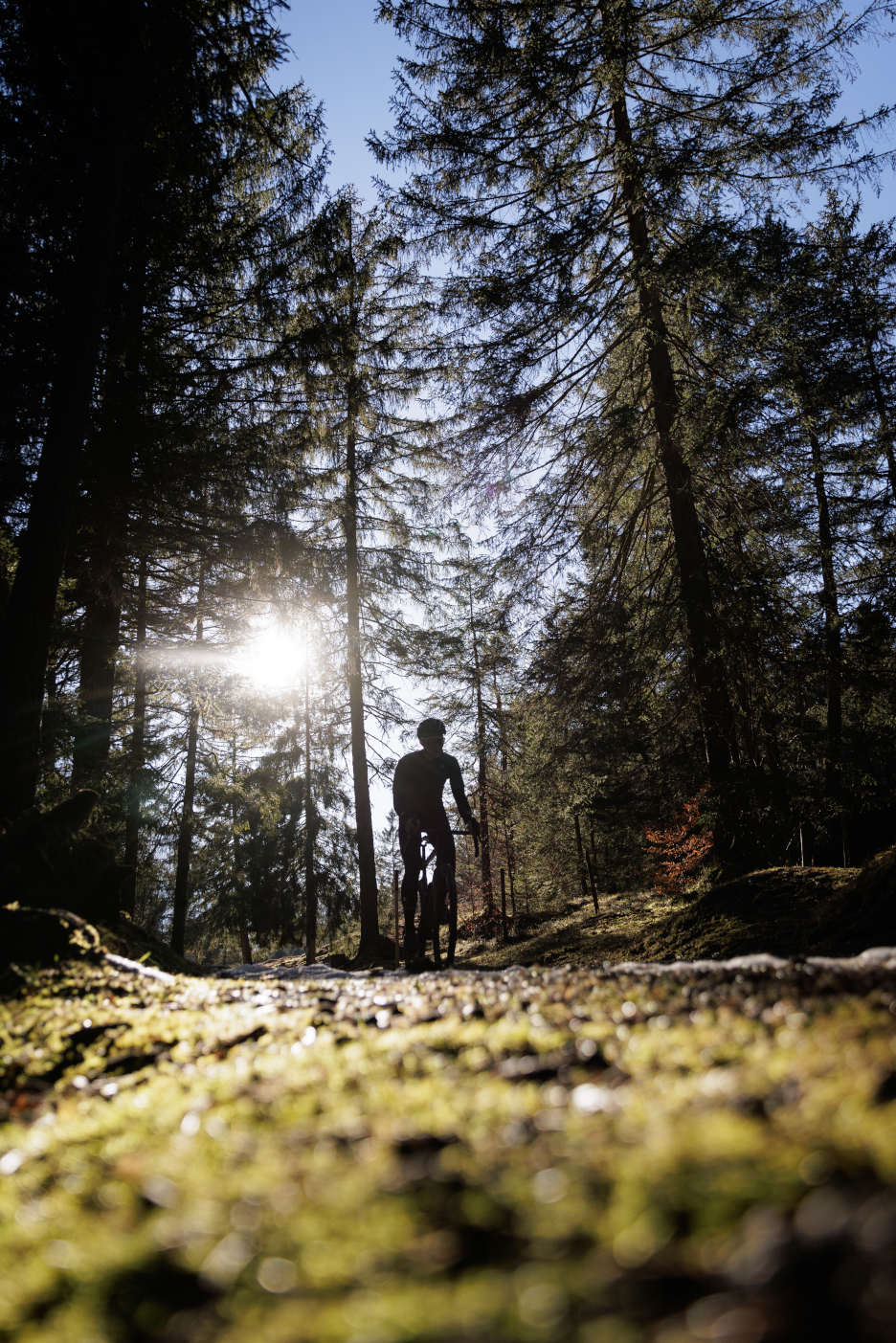
Two final things
- Rest, recovery, hydration and nutrition are important, but I don’t need to tell you that.
- Have fun. While gravel requires endurance and technical skills, riding gravel should always make you grin. Training and racing don’t need to be a pure sufferfest; you should enjoy it too.
Bio
After skiing, mountain biking and finally professional road cycling, Shimano Gravel Alliance rider Florian Nowak has found himself back in the mountains on a gravel bike after a few years in the pro peloton.
Words: Florian Nowak
Photos: Michael Faiss





